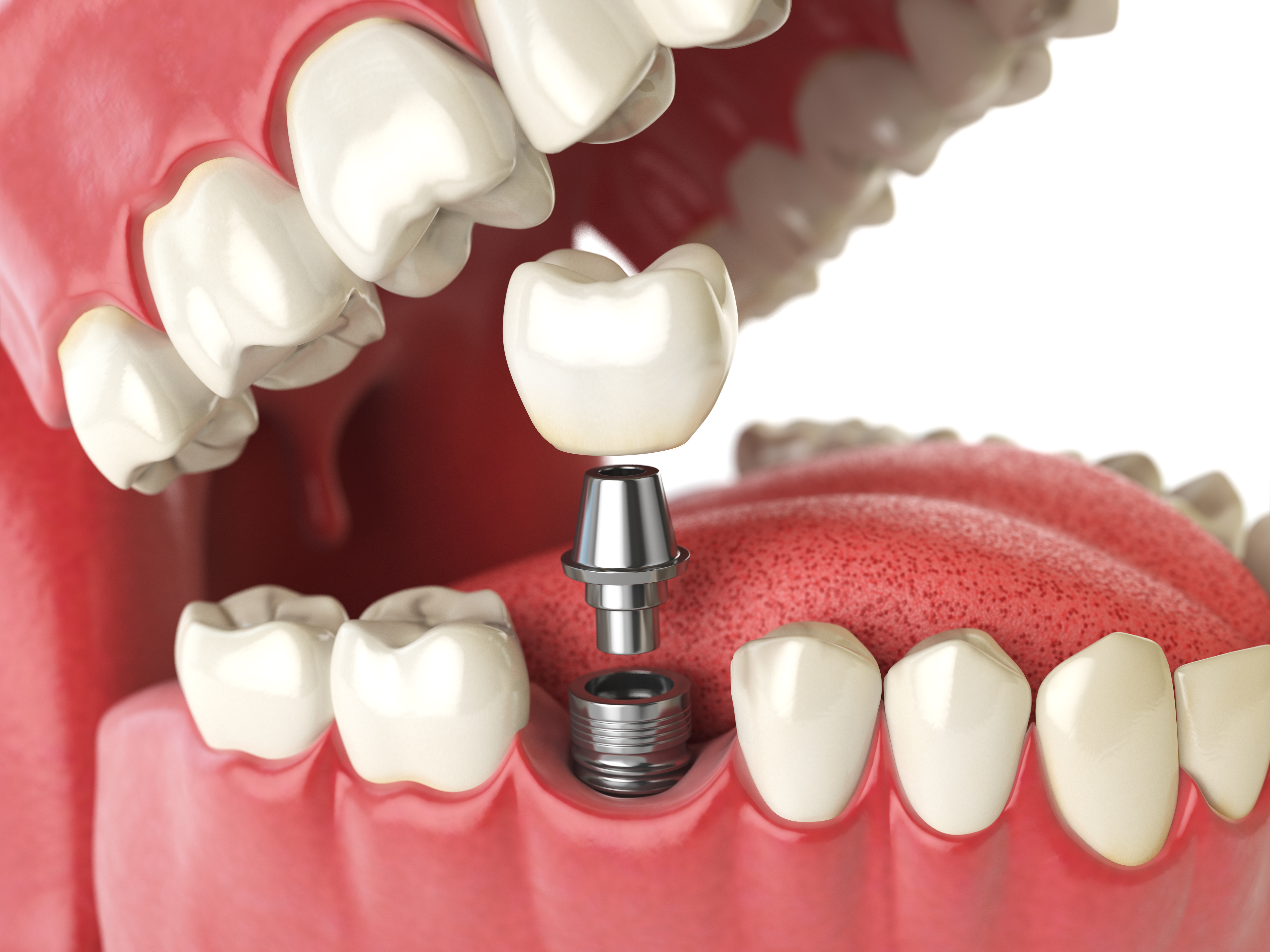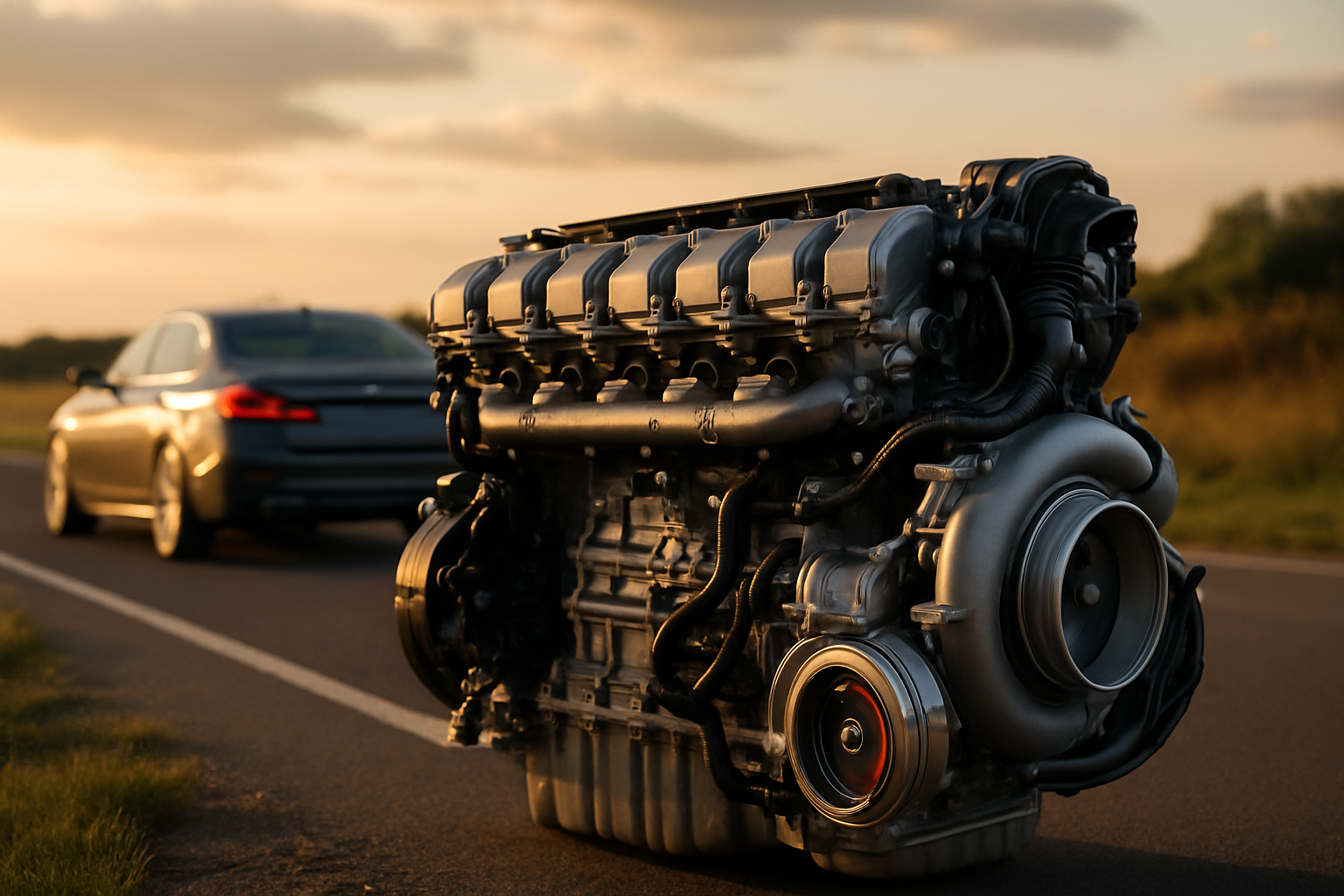A New Era in dentistry: discover screwless dental implants
Dental implants have revolutionized restorative dentistry, offering patients a permanent solution to tooth loss. Among the most innovative developments in this field are screwless dental implants, which represent a significant advancement in implant technology. This breakthrough technique eliminates many of the complications associated with traditional screw-retained implants while providing enhanced comfort and stability. As dental technology continues to evolve, screwless implants are becoming increasingly popular, particularly among elderly patients seeking more comfortable, long-lasting tooth replacement options.

What Are Screwless Dental Implants?
Screwless dental implants represent an innovative approach to dental restoration that eliminates the need for screws to secure the prosthetic tooth to the implant base. Unlike traditional dental implants that use abutment screws to connect the crown to the implant, screwless systems utilize friction-fit connections, locking mechanisms, or specialized cement to secure the prosthetic in place. This design reduces potential complications such as screw loosening, mechanical failures, and the small gaps that can harbor bacteria around screw access holes. The absence of screws also allows for more aesthetic results since there are no access holes that need to be filled with composite material on the visible surfaces of the restoration.
Benefits of the Screwless Implant Procedure
The screwless implant procedure offers several distinct advantages over traditional screw-retained implants. First, the elimination of screws reduces the risk of mechanical complications such as screw loosening or fracture, which are common issues with conventional implants. Second, the procedure typically results in better stress distribution throughout the implant system, potentially extending the lifespan of the restoration. For patients, the absence of screw access holes means improved aesthetics and easier maintenance of oral hygiene. Additionally, the screwless design often allows for more precise fit and better sealing between components, reducing the risk of bacterial infiltration around the implant connection.
Implants for Elderly Patients: Why Screwless Systems Excel
Screwless dental implants present particular advantages for elderly patients. As we age, manual dexterity often decreases, making oral hygiene maintenance around complex dental restorations challenging. The simplified design of screwless implants eliminates crevices where food and bacteria can accumulate, making daily cleaning easier for seniors. Additionally, elderly patients frequently have reduced bone density, and screwless implants often feature designs that better distribute forces throughout the remaining bone structure. The insertion procedure for many screwless systems is also less invasive, resulting in reduced surgical trauma and faster recovery times—important considerations for older patients who may have compromised healing capacity or underlying health conditions.
How the Screwless Implant Procedure Works
The screwless implant procedure begins with comprehensive planning, including detailed imaging to assess bone quality and determine optimal implant placement. During the surgical phase, a titanium implant post is inserted into the jawbone, similar to traditional implants. After the healing period (typically 3-6 months), instead of using a screw-retained abutment, the dentist places a specially designed abutment that connects to the implant through friction fit, internal locking mechanisms, or other innovative connection systems. The final restoration—whether a single crown, bridge, or full denture—is then secured to this abutment without screws. Some systems use specialized cement, while others employ snap-on mechanisms or precise friction fits to create stable, long-lasting connections that distribute forces more evenly than screw-retained systems.
How Much Does a Full Set of Teeth Implants Cost?
The cost of dental implants varies significantly based on several factors, including the type of implant system used, geographical location, the dentist’s expertise, and the complexity of the patient’s case. For screwless implant systems, which often incorporate advanced technology and materials, pricing tends to be at the higher end of the spectrum.
| Implant Solution | Average Cost Range (Full Arch) | What’s Included |
|---|---|---|
| Traditional Screw-Retained Full Arch | $15,000 - $28,000 | Implants, abutments, prosthesis |
| Screwless Full Arch System | $18,000 - $30,000 | Implants, friction-fit components, prosthesis |
| All-on-4 Screwless System | $20,000 - $35,000 | 4 implants, specialized connectors, full prosthesis |
| Premium Screwless Solutions | $25,000 - $50,000+ | Advanced materials, computerized design, surgery, prosthesis |
Prices, rates, or cost estimates mentioned in this article are based on the latest available information but may change over time. Independent research is advised before making financial decisions.
Dental Implants for Seniors: Cost Considerations
For seniors considering dental implants, cost is often a significant factor, especially for those on fixed incomes. While the initial investment in screwless dental implants may be higher than traditional options, several financial considerations may offset this difference over time. Many dental insurance plans now provide partial coverage for implants, typically covering 50-80% of the procedure up to annual maximums. Additionally, some dental practices offer senior discounts or financing plans specifically designed for retired patients. For comprehensive treatments, medical insurance may cover portions of the procedure when oral health issues impact overall health. The reduced maintenance and fewer complications associated with screwless systems can also result in lower long-term costs compared to traditional implants or removable dentures that require frequent adjustments, relining, or replacement.
Choosing the Right Implant Solution for Your Needs
When considering screwless dental implants, consultation with an experienced implant specialist is essential. The dentist will evaluate factors such as bone density, overall oral health, medical history, and aesthetic goals to determine whether screwless implants are appropriate. For some patients, particularly those with severe bone loss, traditional implant systems might still be recommended. The decision should be based on a comprehensive examination and discussion of all available options. Many dental practices offer 3D imaging and virtual treatment planning to help patients visualize the expected outcomes. It’s also advisable to inquire about the dentist’s experience specifically with screwless systems, as proper training and familiarity with these advanced techniques are crucial for optimal results.
This article is for informational purposes only and should not be considered medical advice. Please consult a qualified healthcare professional for personalized guidance and treatment.




